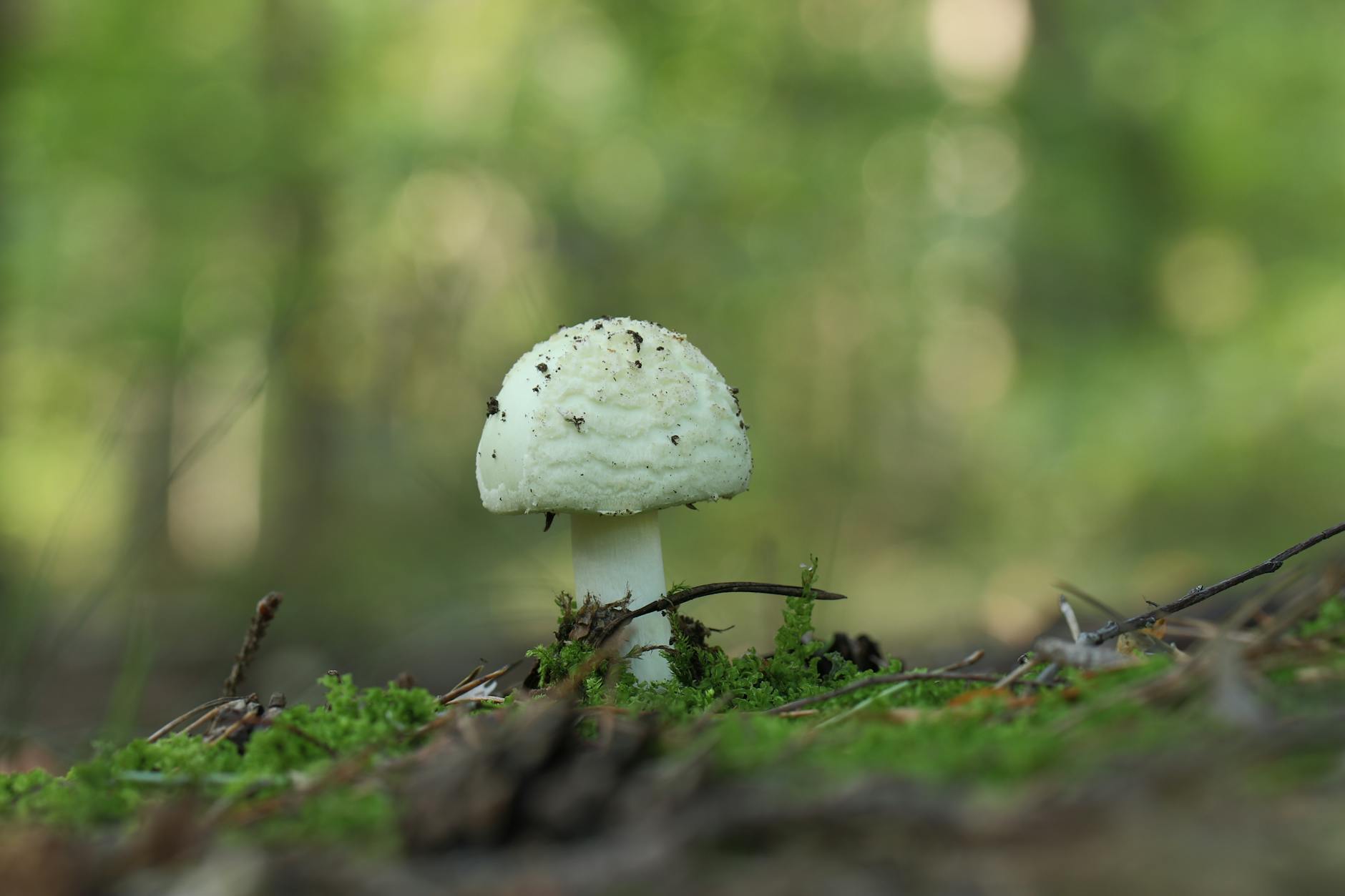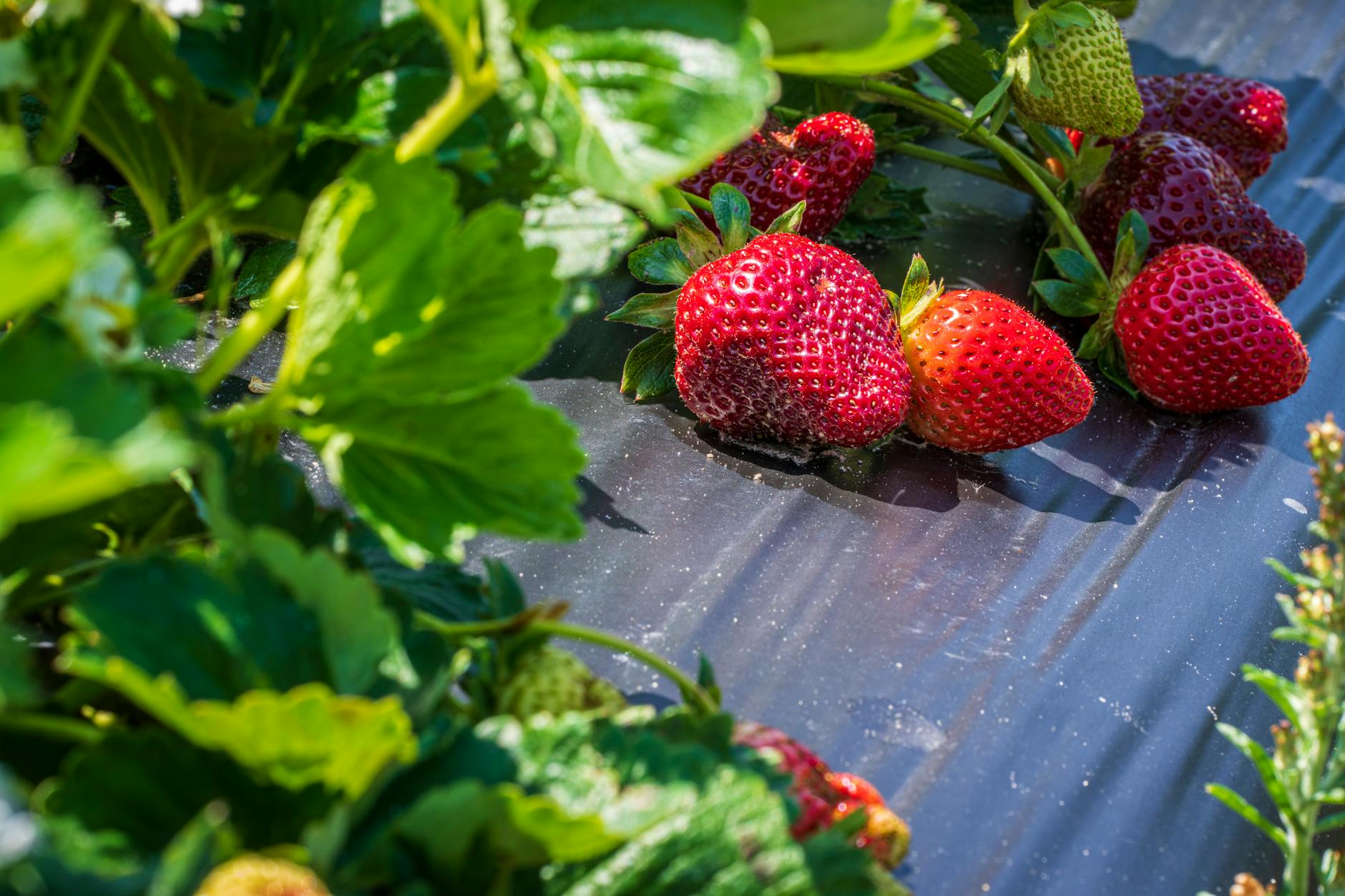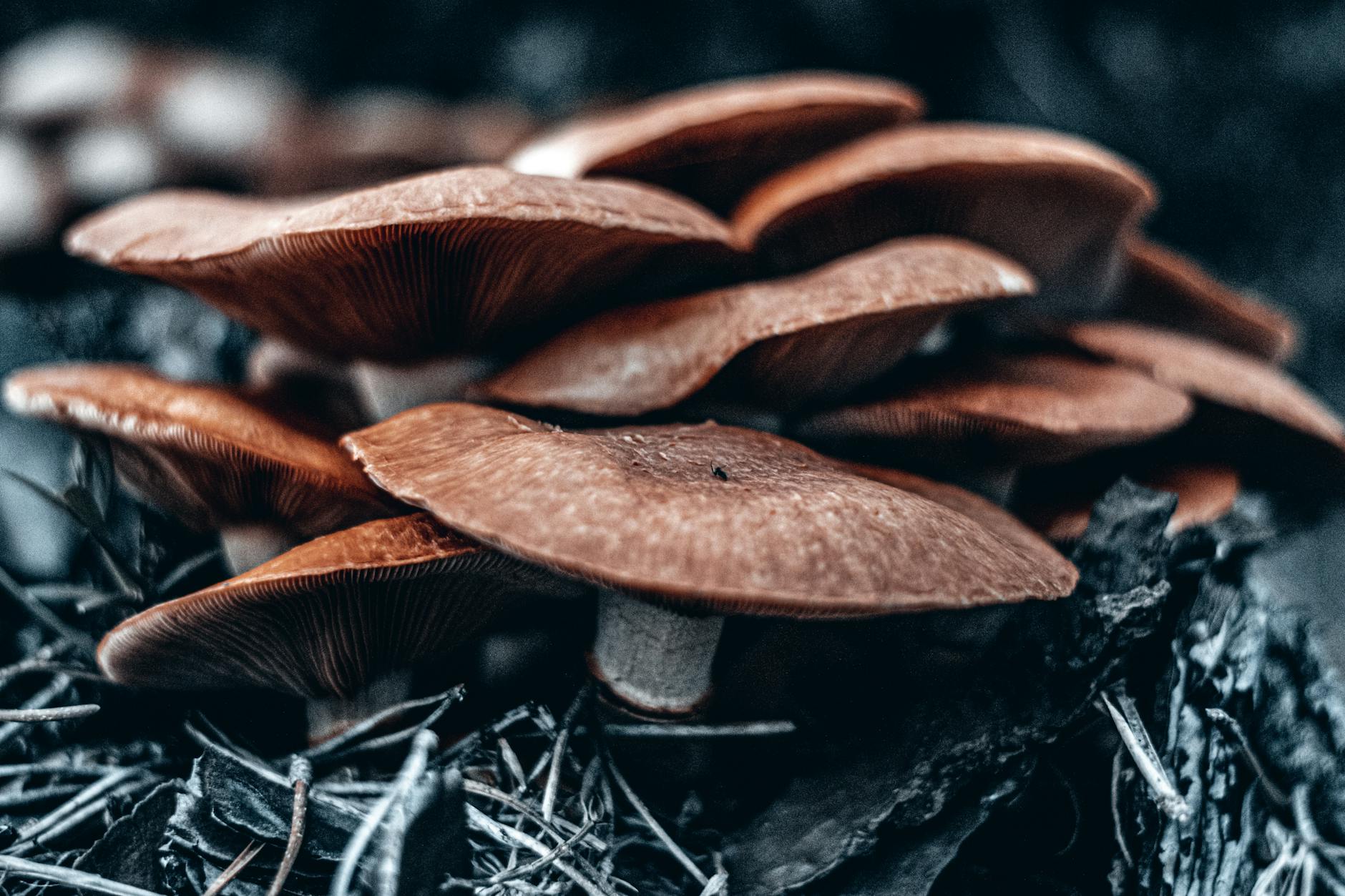Cultivating straw mushrooms can be a rewarding and enjoyable endeavor for both commercial growers and home enthusiasts. These flavorful and nutritious fungi are not only easy to grow but also offer high yields with minimal effort. In this article, we will delve into the fascinating world of straw mushroom cultivation, exploring the cultivation process, key requirements, and the benefits of growing these versatile fungi.
Understanding Straw Mushrooms
Straw mushrooms, scientifically known as Volvariella volvacea, are a popular choice among mushroom cultivators due to their adaptability and fast growth rate. These mushrooms have a unique umbrella-shaped cap with a creamy color and a delicate flavor profile. They are commonly used in Asian cuisines, adding depth and umami to a variety of dishes.
Cultivation Process
The cultivation of straw mushrooms typically involves a substrate made from rice straw or other agricultural by-products. The first step in the cultivation process is to prepare the substrate by pasteurizing it to kill any harmful microorganisms. Once the substrate has cooled down, it is inoculated with mushroom spawn, which is the fungal culture that will colonize the substrate.
Maintaining optimal environmental conditions, including temperature, humidity, and light, is crucial for the successful growth of straw mushrooms. The mushrooms require a warm and humid environment to thrive, making them well-suited for cultivation in tropical and subtropical regions.
Key Requirements for Cultivation
1. Substrate: Rice straw is the preferred substrate for cultivating straw mushrooms due to its high cellulose content and availability. Other substrates such as corn husks or cottonseed hulls can also be used.
2. Spawn: High-quality mushroom spawn is essential for successful cultivation. Spawn can be purchased from reputable suppliers or generated in-house through the propagation of a pure mushroom culture on a suitable medium.
3. Environmental Conditions: Maintaining a temperature range of 25-30°C (77-86°F) and humidity levels above 80% is crucial for optimal mushroom growth. Adequate ventilation and light exposure are also important factors to consider.
Benefits of Growing Straw Mushrooms
1. High Yields: One of the key advantages of cultivating straw mushrooms is the high yields that can be achieved within a relatively short period. With proper care and maintenance, growers can harvest multiple flushes of mushrooms from a single substrate.
2. Nutritional Value: Straw mushrooms are a rich source of protein, vitamins, and minerals, making them a healthy addition to any diet. They are low in calories and fat, making them an ideal choice for health-conscious individuals.
3. Commercial Viability: The demand for fresh and dried mushrooms continues to grow worldwide, presenting a lucrative opportunity for commercial mushroom growers. Cultivating high-quality straw mushrooms can be a profitable venture with a relatively low initial investment.
In conclusion, straw mushroom cultivation offers a straightforward and rewarding experience for mushroom enthusiasts looking to enjoy fresh, flavorful mushrooms at home or on a larger scale. By understanding the cultivation process, key requirements, and benefits of growing these versatile fungi, growers can embark on a successful mushroom cultivation journey with confidence.


